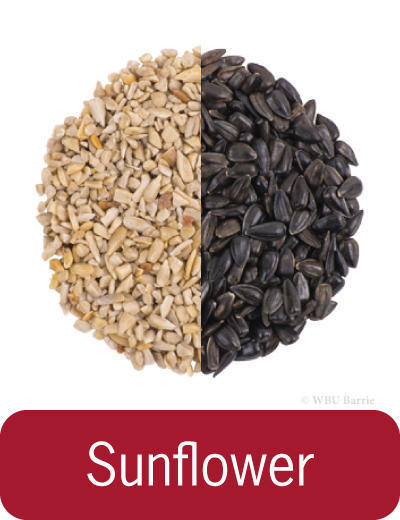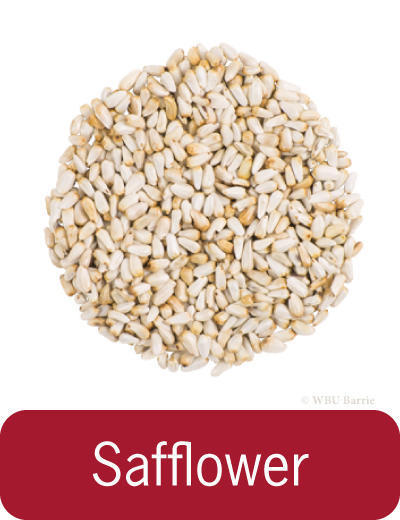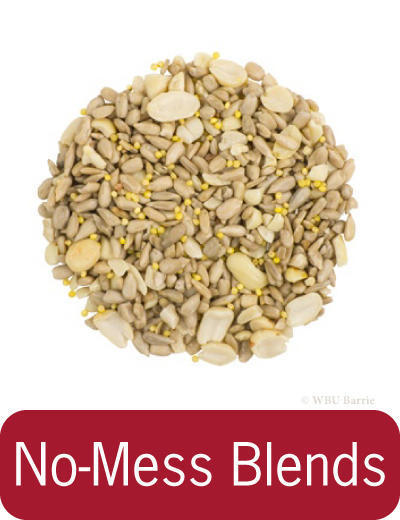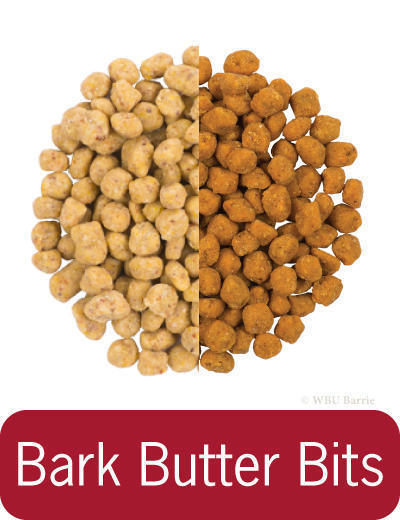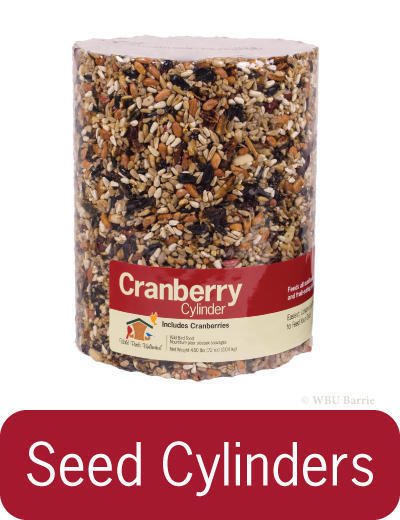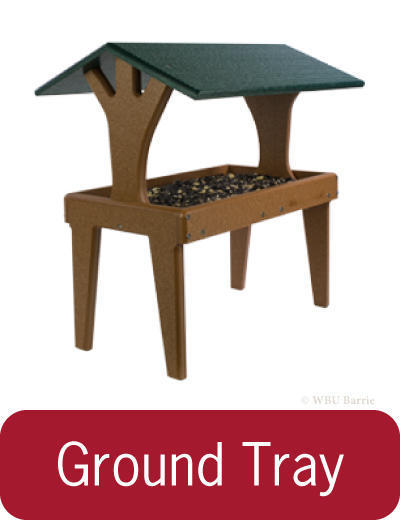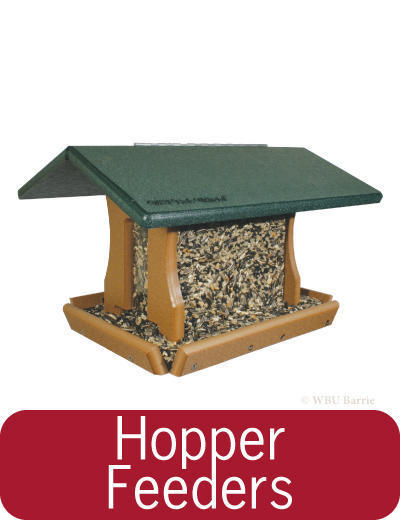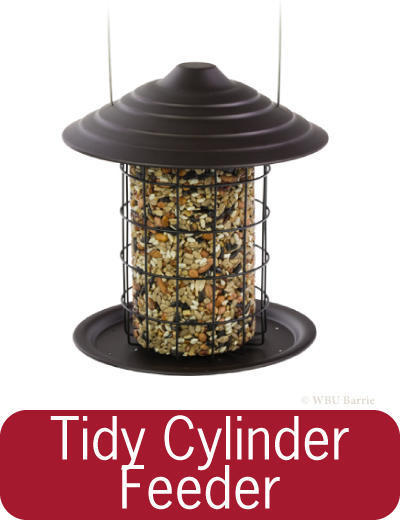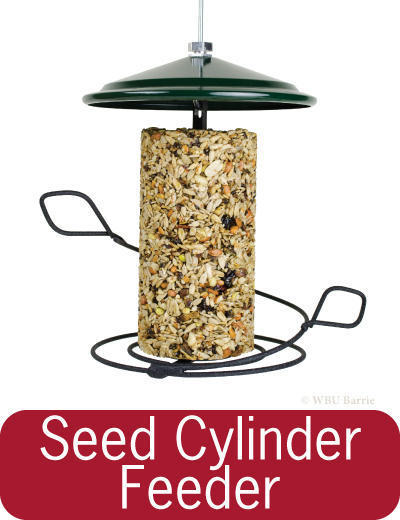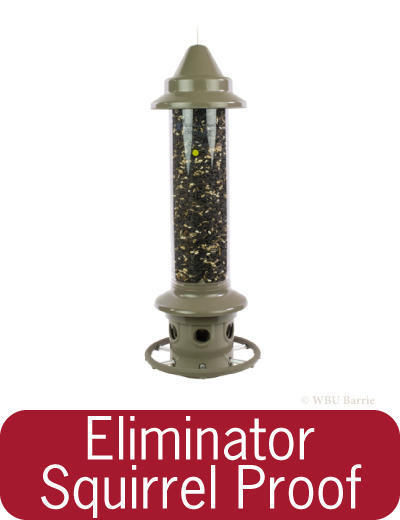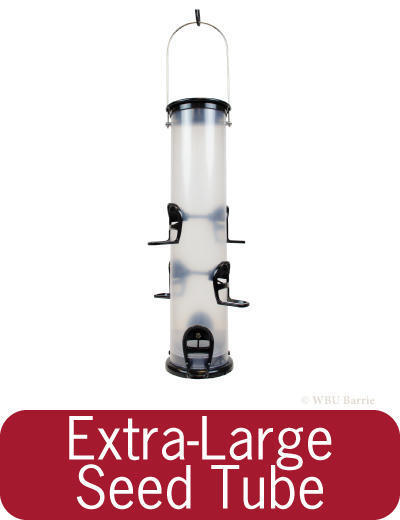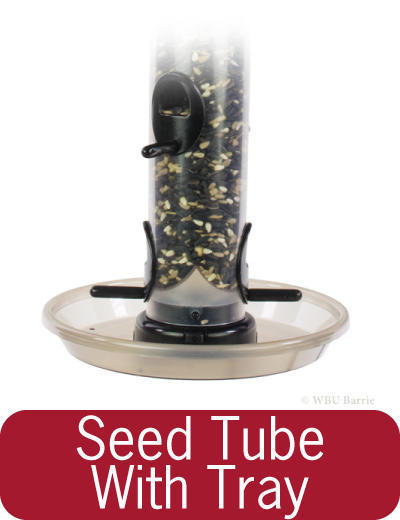Attracting Northern Cardinals to Your Backyard
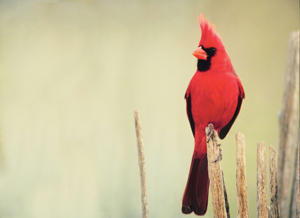 What bird is often the first to visit a feeder in the morning and the last to stop by and grab a bite at night? The Northern Cardinal! Easily recognizable because of the male’s bright red plumage, the cardinal has expanded its range greatly since the days of John James Audubon. Back then the bird was known only as a southern bird. Today, it has a wide range throughout the East Coast of the United States and southern Canada as well. Northern Cardinals will visit feeders at any time of day, but are typically the most numerous at dusk or dawn and are often the first and last birds at the feeders.
What bird is often the first to visit a feeder in the morning and the last to stop by and grab a bite at night? The Northern Cardinal! Easily recognizable because of the male’s bright red plumage, the cardinal has expanded its range greatly since the days of John James Audubon. Back then the bird was known only as a southern bird. Today, it has a wide range throughout the East Coast of the United States and southern Canada as well. Northern Cardinals will visit feeders at any time of day, but are typically the most numerous at dusk or dawn and are often the first and last birds at the feeders.
What Do Northern Cardinals Look Like?
Cardinals are sexually dimorphic, meaning the two sexes are easily identifiable by different plummage. The Male is a brilliant scarlet red with a black mask, and the Female sports a pale brown colour with red tinges on the head, wings and tail. Neither go through any seasonal plumage changes. Juvenile plumage is similar to the adult female. Juveniles sport a black beak for the first three to four months, slowly changing to the orange beak of the adults as they age.
Do Northern Cardinals Migrate?
Cardinals are non-migratory, year-round residents throughout their range. They will often join winter flocks consisting of a dozen or more local winter residents such as Downy Woodpeckers, Black-capped Chickadees, Dark-eyed Juncos, White-throated Sparrows and Goldfinches. As each of these species prefers different foods, feeder types and feeding locations, they're able to co-exist in a large group without competition, increasing their chances by working together.
Foods
The favorite foods of the Northern Cardinal are oil sunflower and safflower seeds, and many times they will choose the seed that’s easiest to open. You can attract cardinals by putting Wild Birds Unlimited Supreme Blend or premium oil sunflower in a Seed Tube or hopper feeder. Bark Butter Bits offered in a treat feeder are also a great way to attract Cardinals to your yard, we well as our easy to use and long lasting Seed Cylinders in Safflower, Cranberry and Supreme blends.
Feeders
Cardinals prefer to feed on the ground but they will perch at hopper feeders and tube feeders. Adding a tray to a tube feeder may help entice the cardinal to use the feeder. Open tray feeders (either on the ground on mounted on a pole) are an excellent way to feed these.
Birdbaths (Water)
Water is essential to all birds and providing a bird bath means they don’t have to travel great distances to find water. Water in a bird bath should be cleaned regularly as birds defecate, leave bits of food and feathers in the bath, not to mention leaves and other items that can end up in a bath. In the winter, heated birdbaths provide an excellent place for birds to drink. During the warmer months the WBU Water Wigglers and Solar Fountains create moving water in your birdbath, making the bath even more attractive to birds. WBU Barrie carries a variety of plastic, metal and clay birdbaths and accessories, as well as heated birdbaths for the colder months. Visit our page on birdbaths for a selection of styles as well as accessories like brushes, solar fountains, water wigglers and Fountain Fresh Water Clarifier.
Nesting
Nests in bushes and small trees and unfortunately will not use a nest box. You can make your yard attractive to them as a nesting site by ensuring a variety of native plants and shrubs are planted to provide shelter and nesting opportunities. Keeping undergrowth around the edges of your yard can increase the likelyhood of these beautiful birds choosing your yard as a nesting site.
Fun Facts
-
Both male and female cardinals can sing. Mated pairs will often sing duets together.
-
During the breeding season, male cardinals may sing 200 or more songs per hour in the early morning hours.
-
The red color of the Cardinal’s feathers is the result of pigments called carotenoids. This pigment is obtained mostly from eating fruits and insects and is deposited in their feathers as they molt.
-
For more information visit this great resource: Lab of Ornithology at Cornell - All About Birds - Northern Cardinals


